Ring-shaped centrifugal erythema (RCE) is a dermatological condition characterised by ring-like rashes on the skin that resemble urticaria. These papules expand outward from the centre. RCE is classified as a form of erythema annulare.
Historical Background
French dermatologist Ferdinand-Jean Darier first described this condition in 1916.
Causes and Pathogenesis
RCE is generally considered a type of reactive erythema. Although the precise causes remain unknown, the condition frequently arises in response to infections, medications, chemicals, or malignancies (paraneoplastic syndrome). Moreover, in some cases, it occurs without a known trigger, which is therefore referred to as the idiopathic form.
From a histological perspective, examination typically reveals intense lymphohistiocytic infiltration around dermal vessels, whereas the epidermis remains unaffected.
Epidemiology
The annual incidence of RCE is approximately 1 case per 100,000 people. It affects all sexes and races equally, although the peak onset usually occurs around the age of 40. A rare autosomal dominant form, known as familial ring-shaped erythema, has also been documented.
Pathophysiology
RCE is classified as a type IV hypersensitivity reaction. Triggers may include:
- Medications
- Insect bites
- Bacterial, viral, and fungal infections
- Foods (e.g., moldy cheeses)
- Malignancies
Researchers believe that Th1 cells play a key role by producing proinflammatory cytokines such as TNF-α. Another hypothesis suggests that the ring pattern results from interactions between inflammatory mediators and connective tissue as antigens diffuse through the skin.
Etiology
Infections
Several infectious agents have been linked to RCE:
- Bacterial: Group A streptococci, Escherichia coli, Mycobacterium tuberculosis
- Viral: Epstein-Barr virus, herpes viruses, Mycoplasma hominis, SARS-CoV-2, H1N1 influenza
- Fungal: Candida albicans, Penicillium, dermatophytes like Trichophyton, Tinea pedis, Malassezia furfur
- Parasitic: Ascaris lumbricoides, Phthirus pubis
Medications
Common drug-related triggers include amitriptyline, chloroquine, azacitidine, hydrochlorothiazide, and rituximab. Symptoms typically resolve once the medication is discontinued.
Malignancies
The paraneoplastic form of RCE can signal an underlying malignancy. In one study of 40 cases, 62.5% involved lymphoproliferative diseases such as leukemia and lymphoma. Notably, skin symptoms often subsided with treatment of the cancer.
Autoimmune and Allergic Conditions
Associations have also been reported with lupus, dermatomyositis, and other systemic autoimmune diseases.
Other Triggers
Additional contributing factors may include thyroid dysfunction, liver disease, pregnancy, stress, and dietary triggers like mouldy cheeses and tomatoes.
Clinical Manifestations
Patients usually experience either asymptomatic or itchy rashes. These skin changes, however, may precede, accompany, or follow systemic disease. For instance, in cases of tuberculosis or lymphoma, RCE may co-occur with fever and night sweats.
Typically, lesions start as erythematous papules that enlarge peripherally and clear centrally. In many cases, they can exceed 10 cm in diameter. Furthermore, scaling is often seen along the outer edge, and in some instances, vesicles or telangiectasias may appear.
Regarding localization, the thighs and shins are most frequently affected, followed by the trunk and face. By contrast, the palms and soles typically remain unaffected. Eventually, once the lesions resolve, they leave behind post-inflammatory hyperpigmentation without scarring.
Prognosis
RCE generally has a favourable outlook, especially when the underlying cause is identified and treated promptly. However, prognosis worsens in patients with concurrent systemic or malignant conditions. The duration of the condition may range from several weeks to many years.
Classification
According to Ackerman and later, Bressler and Jones, RCE has two clinical forms:
- Superficial form: Involves itching and flaking
- Deep form: Lacks itching and scaling
Diagnosis
A thorough diagnostic approach is essential. This includes:
- Medical history review
- Physical examination
- Laboratory testing
If malignancy is suspected, patients should undergo relevant oncologic screening.
Differential Diagnosis
Among the states similar to CCE:
- Autoimmune diseases (SLE, Sjögren’s syndrome)
- Infectious dermatoses (tinea, lichen planus, eczema)
- Oncodermatoses
- Pseudolymphomas and lymphomas of the skin
It is also important to distinguish CCE from conditions such as:
- Erythema gyratum repens
- Necrolytic migratory erythema
- Erythema marginatum
- Erythema migrans
- Erythema multiforme
- Erythema papulatum centrifugum
Treatment
Treatment depends on identifying and addressing the underlying cause. When this is possible, skin symptoms often resolve spontaneously. In idiopathic cases or when the cause remains unclear, symptomatic treatments include:
- Topical corticosteroids
- Antihistamines
- Systemic immunosuppressants (in selected cases)
Long-term follow-up is crucial, as relapses can occur after treatment cessation. A dermatologist should guide therapy.

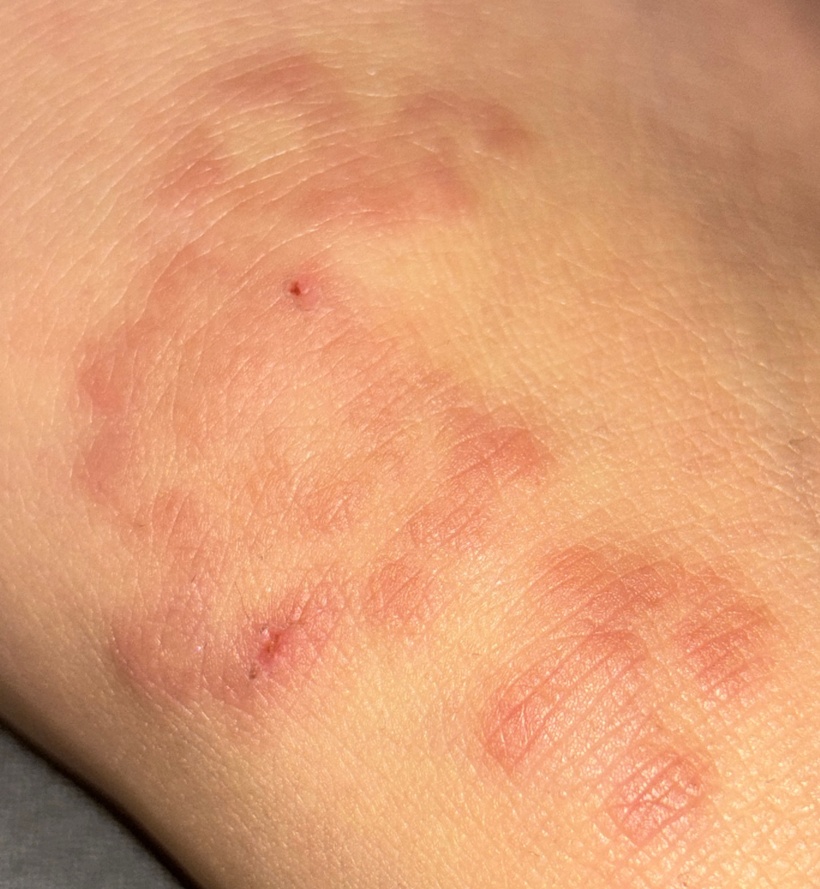
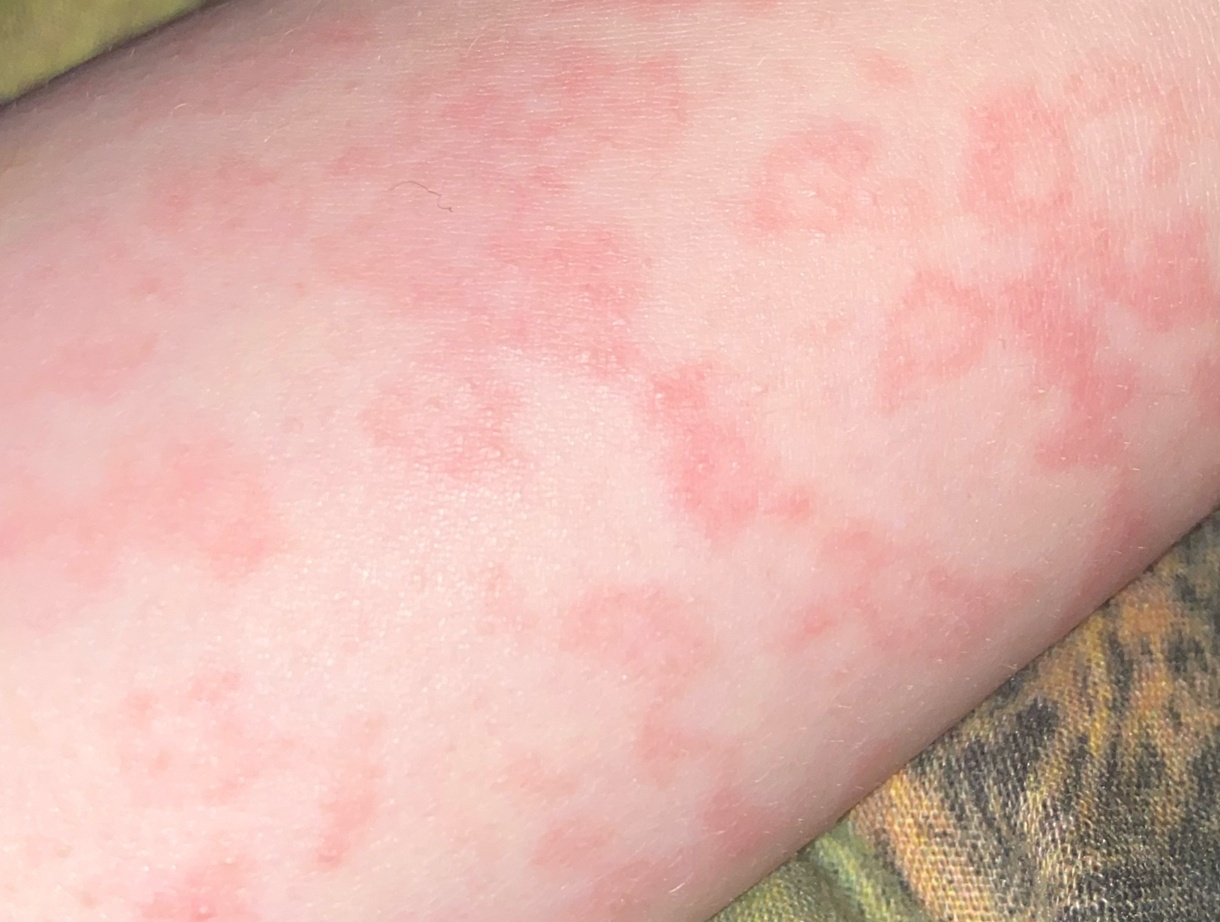

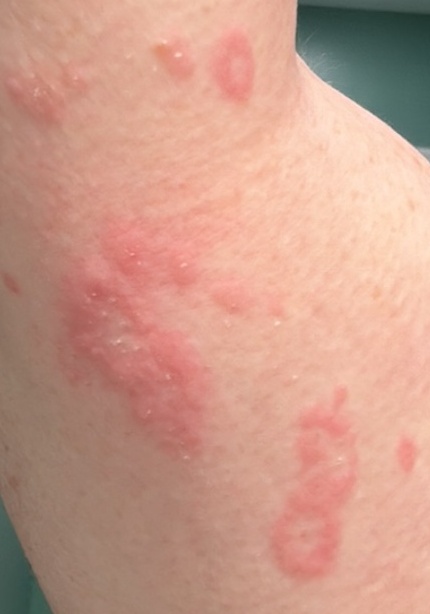
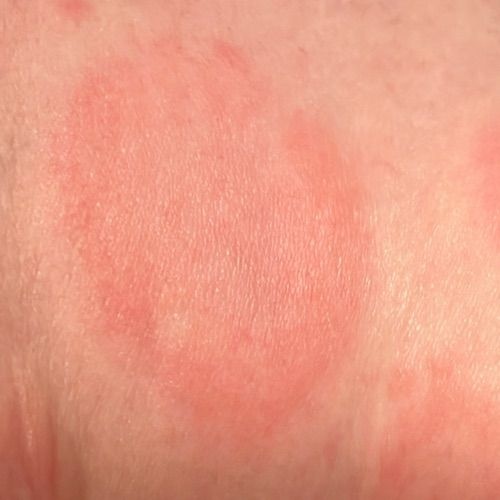
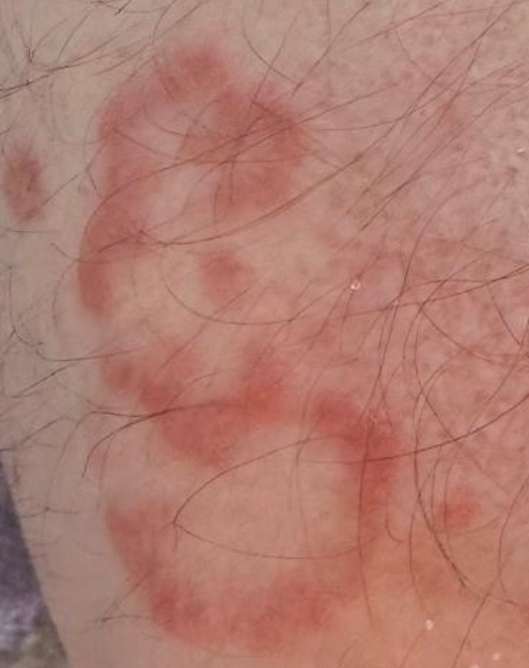
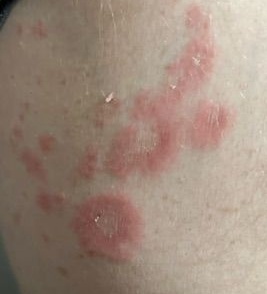
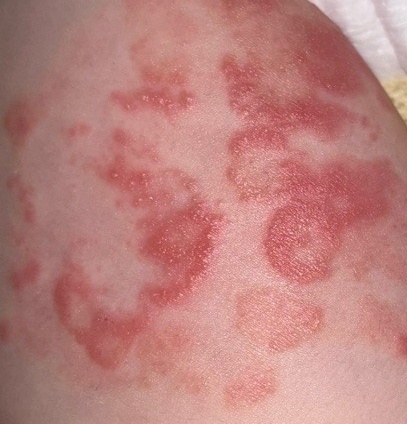
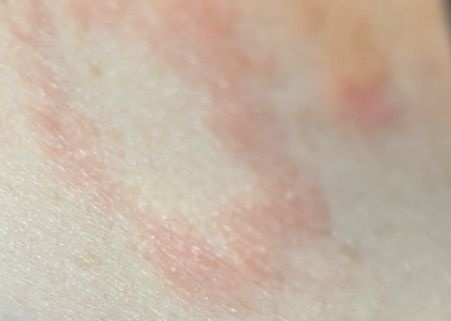
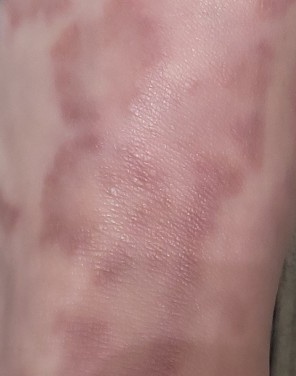
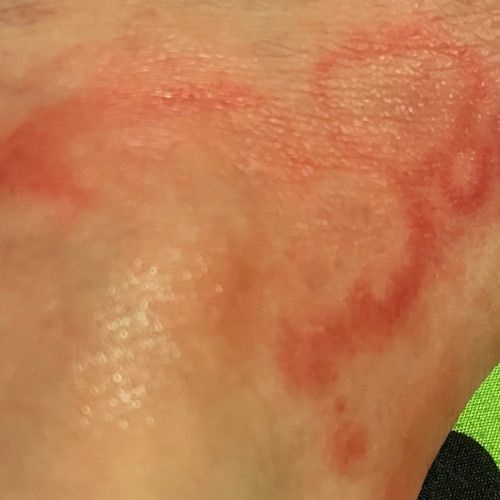
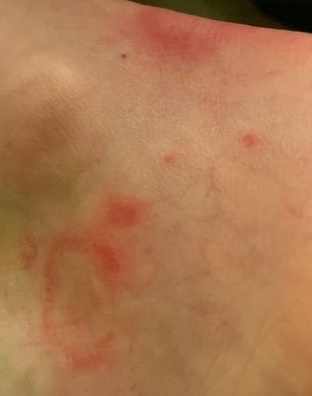
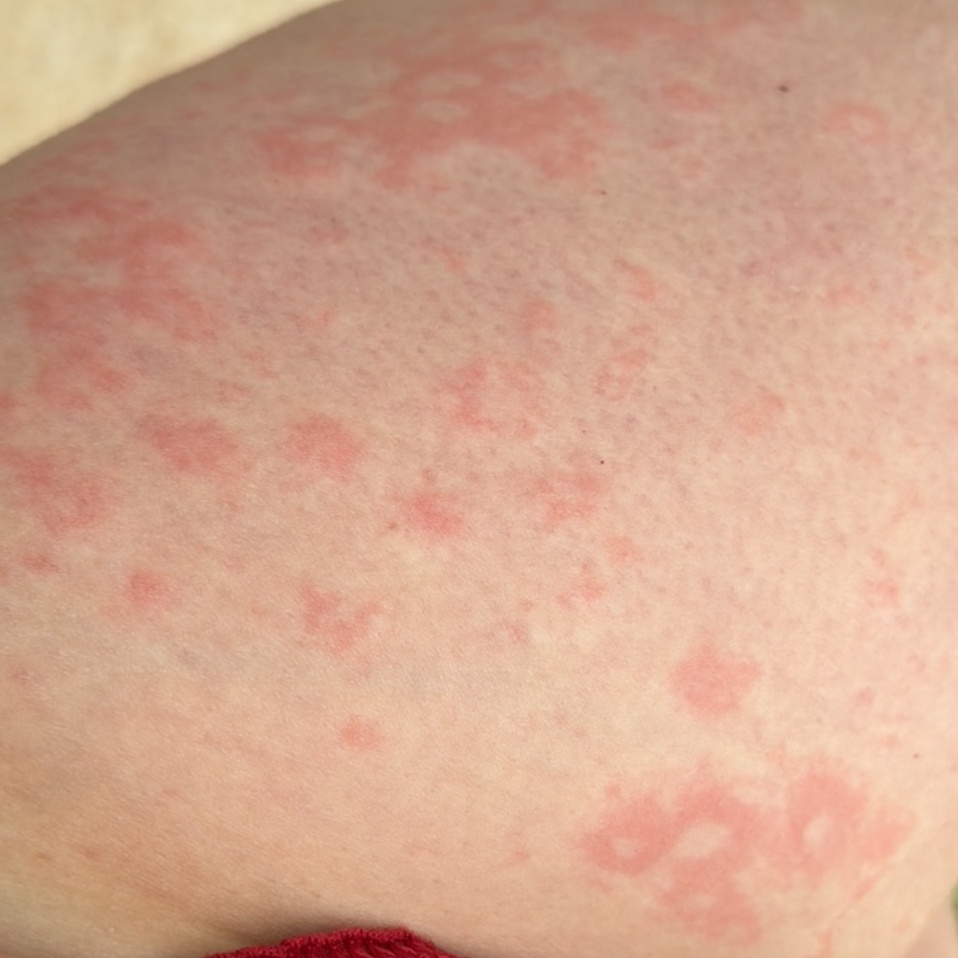
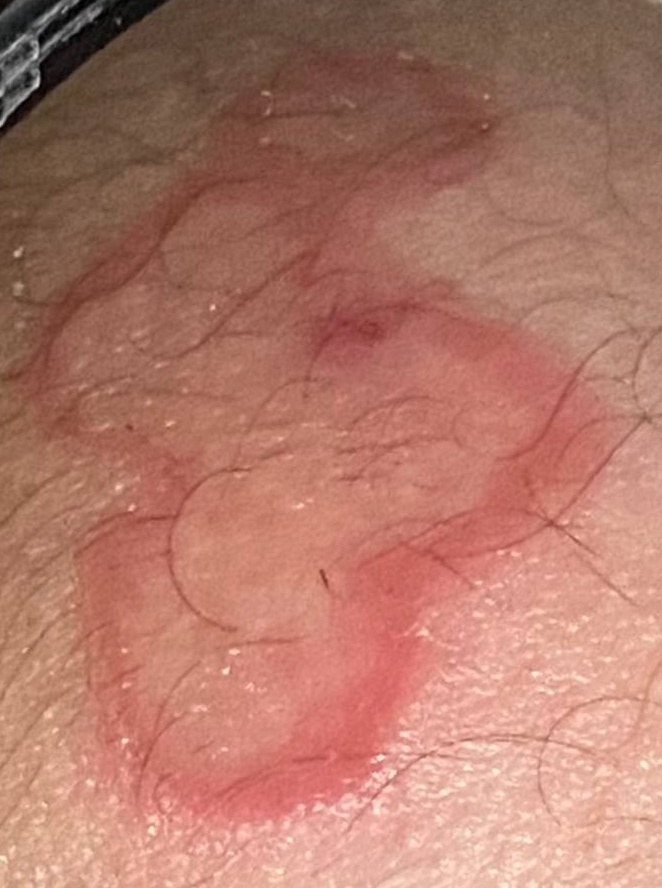
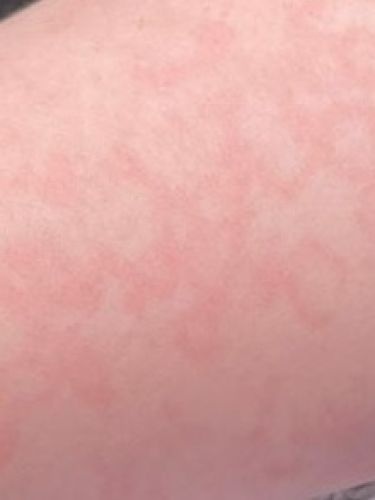
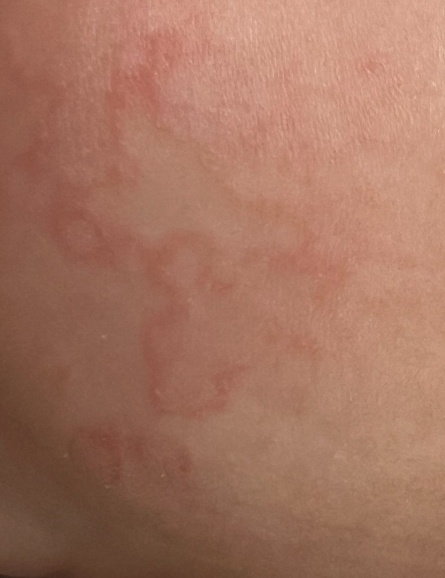


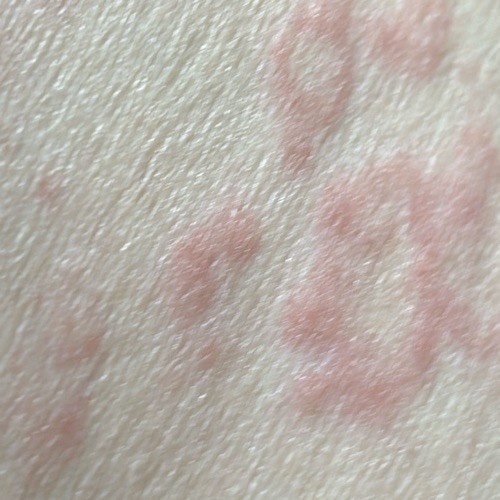
** Should you identify any copyright infringement regarding the images on this page, kindly reach out to us at info@skinive.com.
Furthermore, please be advised that these photos are not authorized for any purpose.
